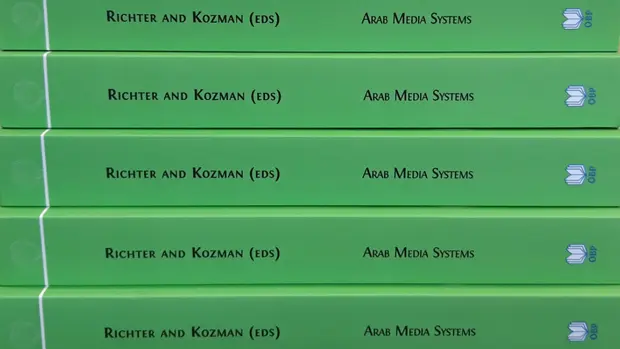Libya: From Jamahirization to Post-Revolutionary Chaos

Global Communications
Published: 2021
Arab Media Systems;Cambridge, UK: Open Book Publishers
Abstract
“From house to house, from apartment to apartment, from alley to alley”, he would “cleanse Libya of dirt and filth.” With this statement, Mu’ammar Al-Qadhafi threatened rebels during the Arab uprisings in a thunderous speech delivered on 22 February 2011 on Libyan state television. As he had so often done, he tried to use ‘his’ medium to explain, justify, and mobilize. The media—and television, in particular—were understood by the self-proclaimed “Brother Leader” to be a direct channel to the masses since he had come to power in 1969. William Rugh (1987) classified the Libyan media system as a mobilization system. Mobilization media intend to shake people up, make them good citizens, and, at best, educate them. In practice, however, this approach involved disseminating regime propaganda through media, which, in a simple sender-receiver model, the regime assumed to have immediate effects on the audience. This conception of the media as instruments for disseminating ideology to a supposedly receptive audience is still prevalent in the Libyan media system today even after the fall of the Qadhafi regime.
